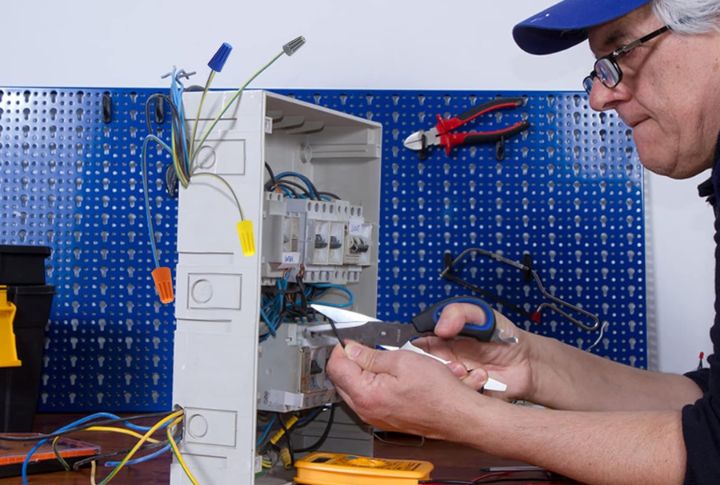
Reusing wire nuts might seem like a harmless shortcut, but it can quietly put your home at serious risk. Hidden corrosion and failed connections are just the start. Before you twist that old one back on, know these 10 things first. Your safety and your house could depend on it.
Some Reused Wire Nuts May Contain Hairline Melt Damage
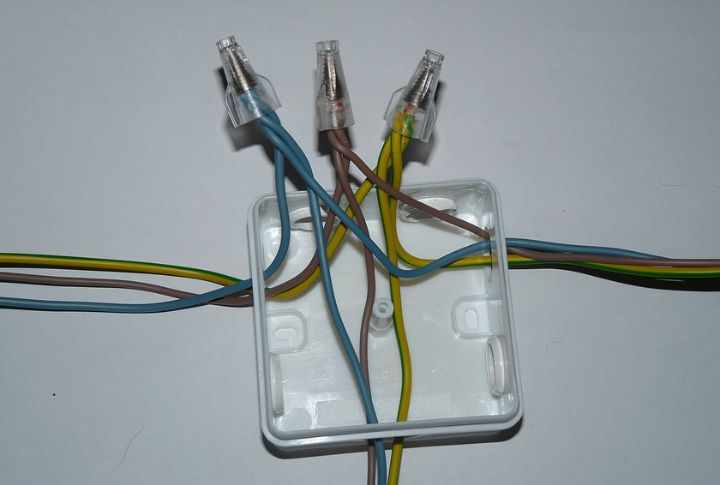
A wire nut that’s been through a minor overload might show no visible damage, but internal melt points can exist where the plastic softened and re-hardened. These compromised zones lose structural integrity and can shatter or split the next time you twist them down.
Plastic Shells Can Weaken After First Twist
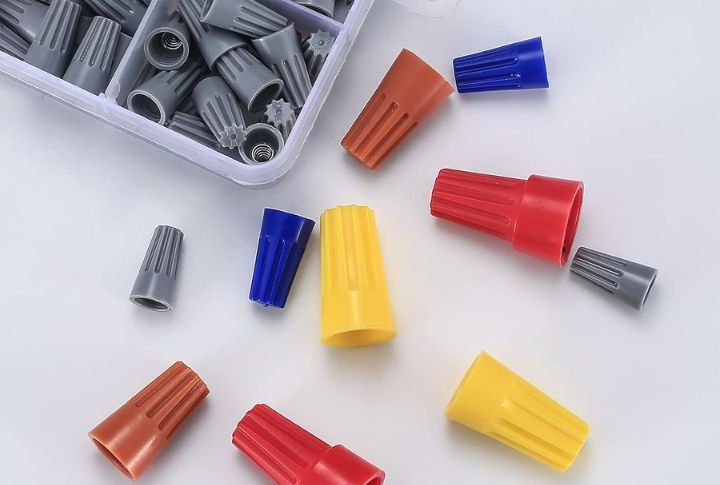
Twisting a wire nut once puts stress on the plastic housing, often enough to create internal fatigue. Throw in heat or vibration, and tiny fractures can develop—even if the shell looks fine. These invisible weak points can lead to failure under pressure, especially in high-load or long-term connections.
Improper Reuse Can Void Electrical Code Compliance
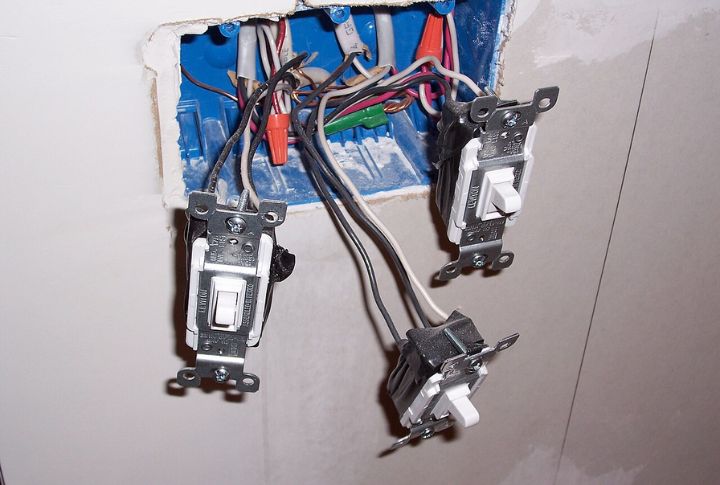
Failing inspection over a wire nut sounds silly until it happens. The NEC demands certified, safe connections. Reused nuts don’t always meet that standard. Loose fits, even if unintentional, raise red flags. Contractors also know this.
Oxidation Inside Old Wire Nuts Can Go Unnoticed

Over time, moisture and air exposure can cause hidden corrosion inside a wire nut. This corrosion raises resistance and increases the risk of overheating. Even a slight color change may indicate years of electrical degradation that you won’t spot until it’s already a problem.
Damaged Internal Springs Can Undermine Connection Strength
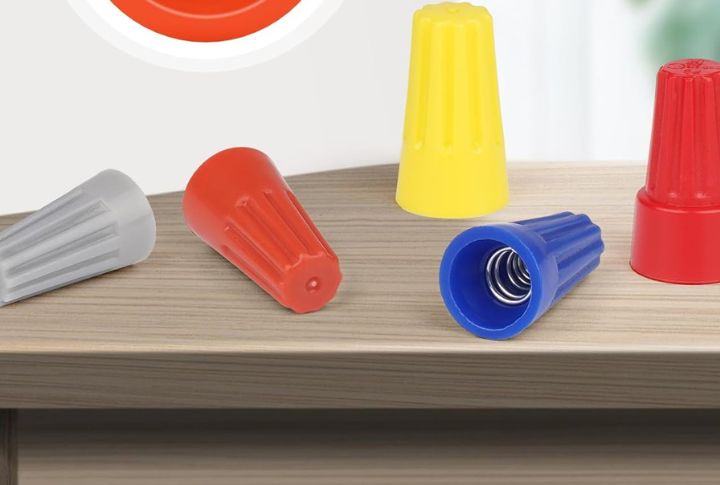
After a wire nut is used once, some types of wire nuts deform slightly, especially the internal metal spring or the plastic shell. Even if this warping is minor and not visible, it can weaken the grip on the wires, making the connection unsafe over time.
Used Caps May Trap Debris That Affects Contact
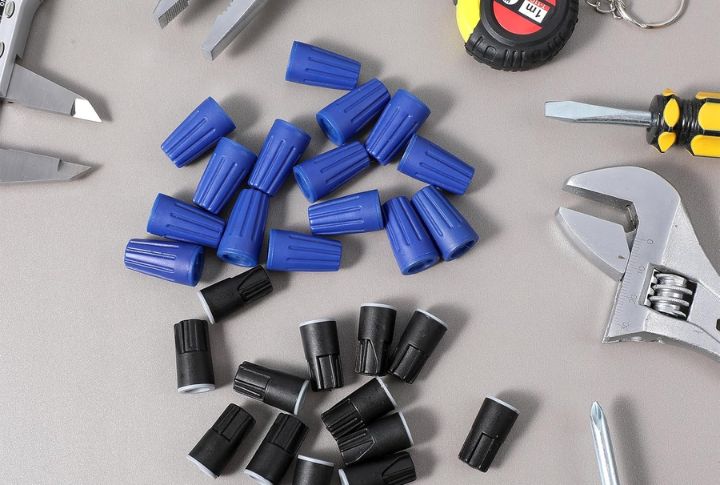
Dust, rust flakes, or old wire residue can build up inside a reused nut. These tiny particles interrupt clean metal-to-metal contact, creating uneven conductivity. Poor contact points lead to hotspots over time—making that old nut a quiet fire risk hiding in your walls.
Used Wire Nuts Don’t Always Match Wire Size Properly

Once a wire nut has been twisted onto a set of wires, its fit is no longer guaranteed. The internal shape shifts just enough that a new wire—especially a smaller one—may not seat properly. Matching wire size to a new nut ensures a secure connection.
Reused Wire Nuts Fail Faster In Outdoor Junction Boxes
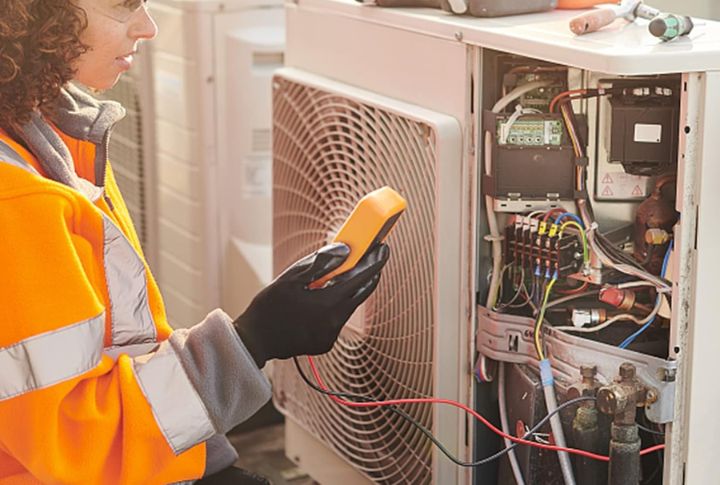
Outdoor boxes face constant shifts in temperature and humidity. A reused wire nut that’s already stressed may degrade quickly in this environment. UV exposure and moisture can break down plastic shells within a single season, leaving the connection exposed and potentially unsafe.
Old Wire Nuts Aren’t Rated For High-Vibration Fixtures
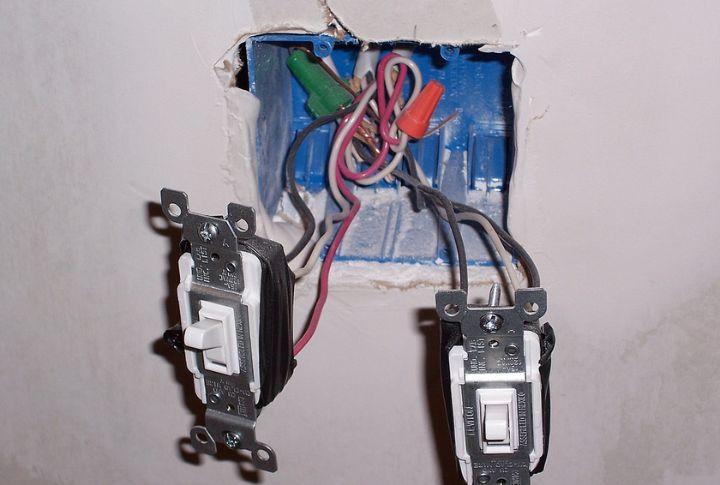
Ceiling fans vibrate constantly. So do garage lights and some appliances. A used nut already stressed by time won’t hold up because vibration loosens the grip over weeks or months. That’s when wires pull apart, and trouble starts. Use a fresh connector instead.
Manufacturer Warnings Clearly Advise Against Reuse
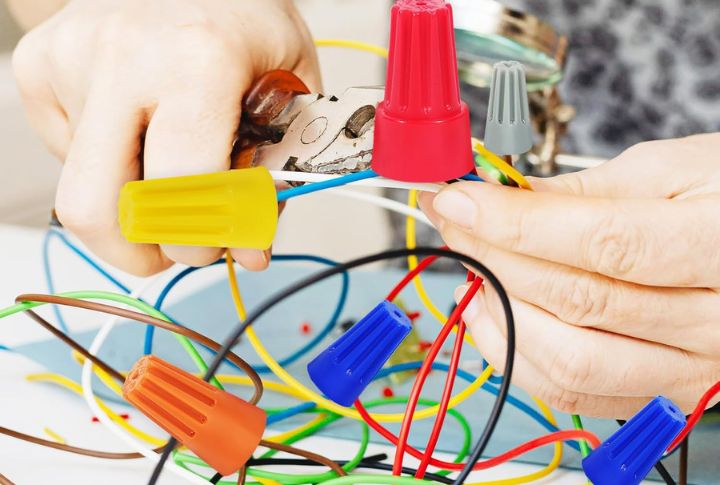
Most wire nut manufacturers print clear warnings on their packaging against reusing damaged connectors. Reusing them not only voids product warranties but it can also make the manufacturer exempt from liability if a fire occurs. A few cents saved now could cost thousands later.

